I want to draw a correspondence today between leaves and soil. I think it’s pretty cool. First, here are some leaves doing just fine without soil. Welcome to mullein.

When it finishes its second year, it looks like this:

Notice as well, how the seams of quartz and agate in an uplifted and dynamited bedrock wall, create tracks of water and gravity which mullein (and its friends) love.

The sand and clay kicked down by deer following similar patterns through the rock face as they skitter down is not what the mullein below has spent the summer growing in. Instead, it has thrust its roots deep into a seam in the rock, and is using the film of water and minerals between the two walls of that seam, drawn towards it by gravity and the capilliary action of the sun on the hot rock face, which draws the water out like wire.

Here’s what that space of surfaces and the water between them, drawn outward and upward by the sun, looks like when it becomes self-replicating. The wasp is a bonus!

Now, one more ingredient: within all life, including this guy …

Neighbour
… DNA strands are folded in just such a way that they are open to receive just the right genes, in order, and no other. Leaves are extensions of this principle as well.

Cottonwood, Vernon, British Columbia
They extend this precision folding in a way that transfers chemical molecules and photons of light in a specific order, rotates them to expose their weakest electron links, and pressures them to transfer electrons across a membrane. Out of these transferred electrons, they recombine hydrogen, carbon and oxygen in specific ways to create sugars. The biosphere is powered by these sugars, just as the earth is powered by the sun.
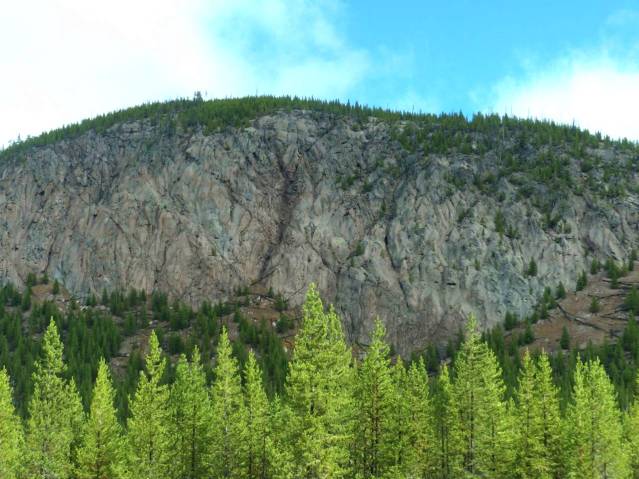
Fire Pines in the Yellowstone Caldera
To recap: the root in the crack and the leaf in the air are doing similar work; the root is tapping into minerals transferred from deep in the rock by the molecular bonds of water drawn into the sun; the leaf is using folded, replicated pieces of bonded hydrogen, oxygen and carbon to allow electrons to drift out into positively charged space, and be stored there in sugars, from which their electrical charges can be released later. It can be a beautiful thing to watch. There is, for instance, more sunlight in the sumac leaves below than there is in the air around them.

Male Staghorn Sumac After Flowering
It works both ways. Those leaves are roots in the sun.

Rowan, Opening in the Spring Sun
The plant is a point of balance: the membrane, or series of surfaces, given form.
~
Next: the beautiful mathematics of soil surfaces.
Categories: Atmosphere, Earth, Gaia, Grasslands, green technology, Nature Photography, Photosynthesis, Science, Water

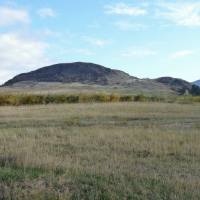

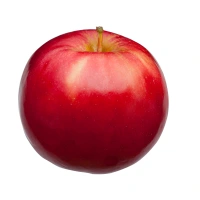
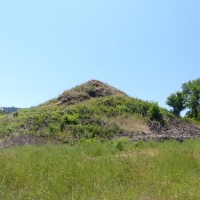

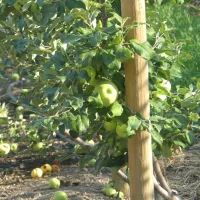

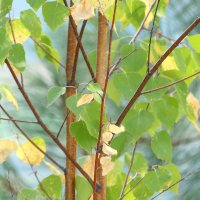
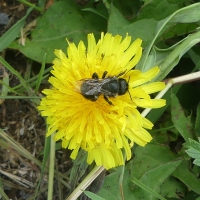
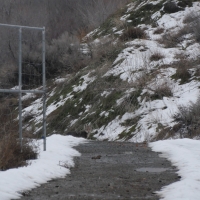
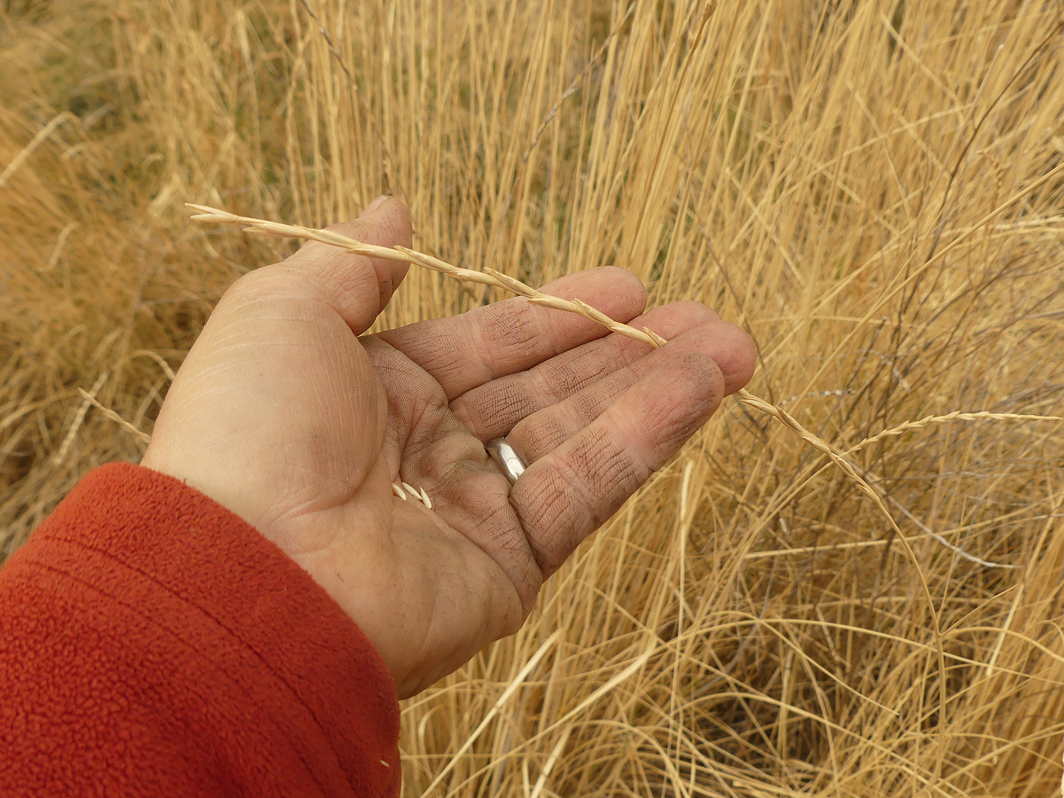


Science is poetry. Love how you said it.
LikeLike
Sometimes (I’m hoping) the simplest things benefit from being resaid and (I’m hoping) new paths for exploration are shown.
LikeLiked by 2 people